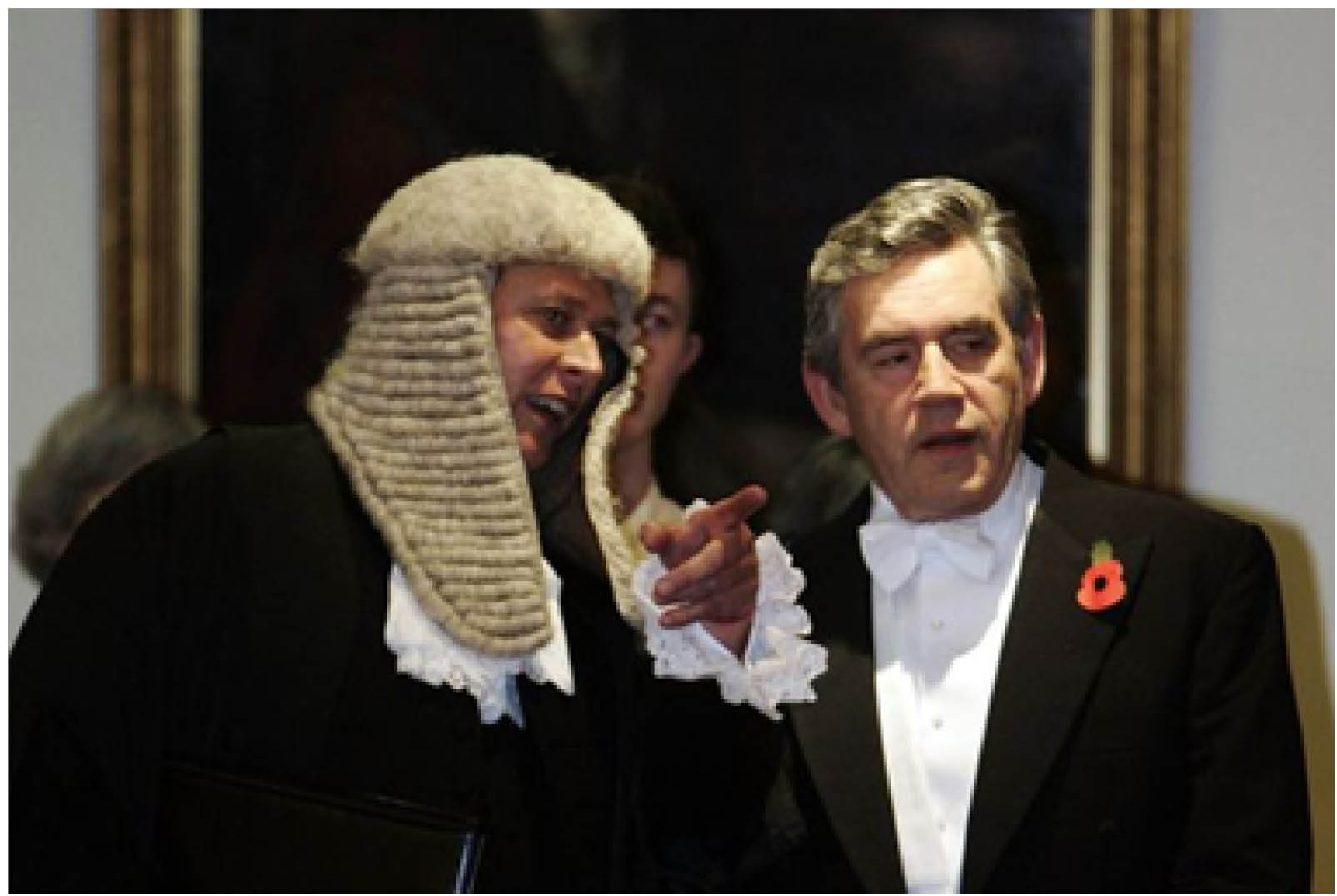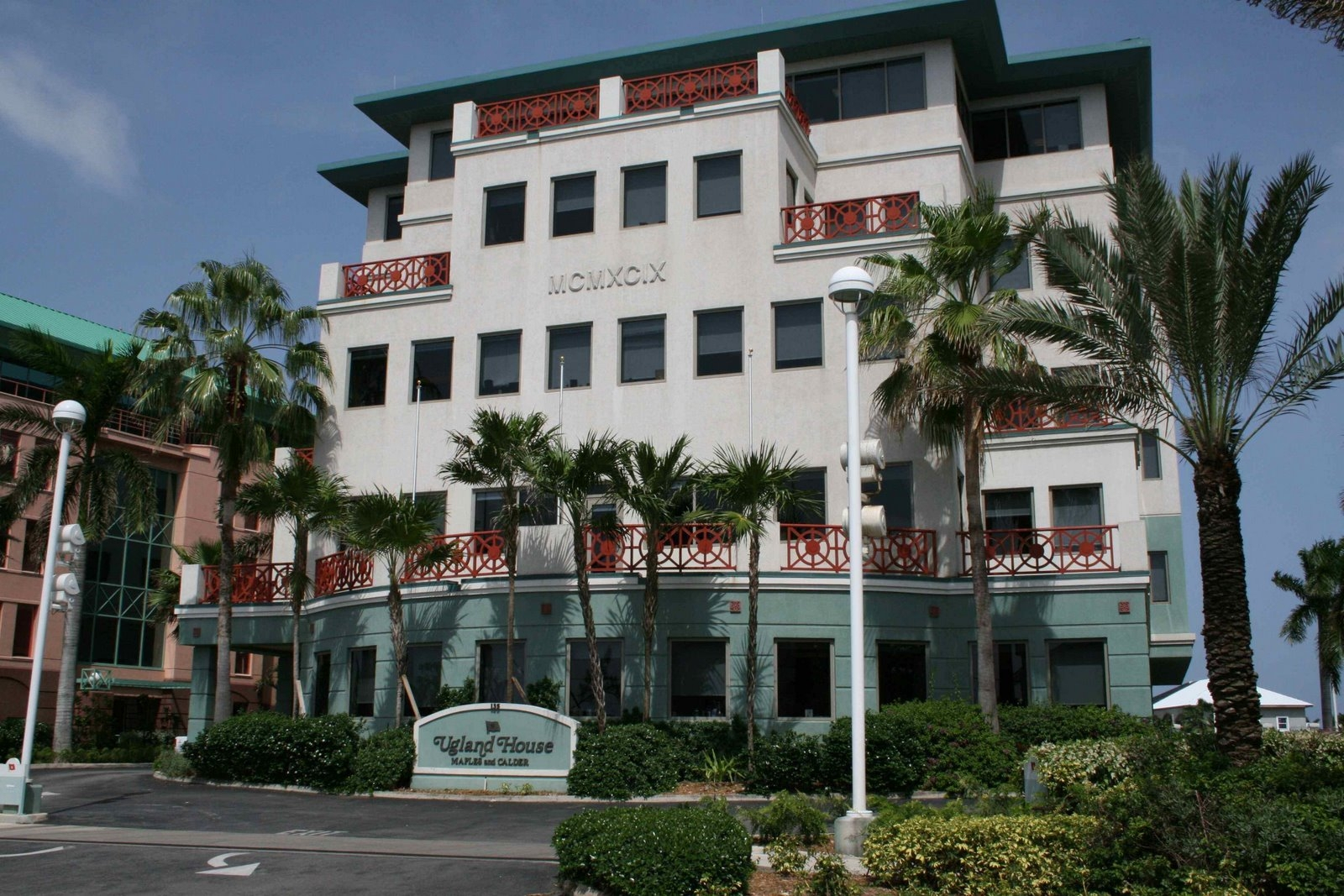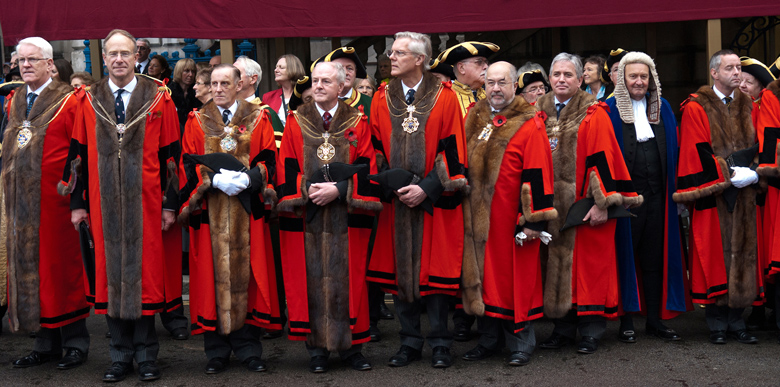A new text from Research Center for Proxy Politics – The City and its Double: On the City of London Corporation and the Origins of Contemporary Governance – is a journey into the guts of the City of London Corporation. Exploring lineages of governance, financial trading, architecture and social practice that are both present and ethereal, RCPP consider the contemporary infrastructures guiding our everyday urban experience particularly in the light of the fast approaching EU Referendum.
This text is currently hosted on a mesh network accessible from within the Auto Italia space as part of Hailweed along with new writing from Brian Holmes, Doreen Mende and Robert Rapoport. Hailweed is open this weekend from 12-5pm and continues until July 17th Thursdays-Sundays and features contributions from RCPP, Syria Mobile Film Festival, Aimar Arriola and Suzanne Treister.

The City and its Double: On the City of London Corporation and the Origins of Contemporary Governance
Research Center for Proxy Politics
On 23 June 2016, Britain will vote on whether to stay or leave the European Union. Many professionals have voiced concern for the possible depreciation of the pound sterling and for the probability that international banks will leave London yet without knowing where they will base their financial trade instead. Others warn that ‘the City’ will never be the same again (will it ever be?) and foresee only further liberalisation of the market once freed from the constraints of EU regulations. Either way, both speculations seem more concerned with the well-being of big business than that of human welfare. These questions for the City of London Corporation loom large; although it may be said that the interests of ‘the City’ are constantly debated and negotiated, they still remain within one conceivable framework – London. But what is this mysterious entity? A vestige of a long-gone imperial past? A symbolic relic preserved through custom? Or a bleeding edge world-city contrived for the global financial elite? As we shall see, there is more to the City than meets the eye.

The old sages used to say of Jerusalem that it is plural, doubled: a city above – divine, boundless, eternal almost – and a city below – earthly, profane and bound by matter, bricks and mortar. London too is doubled, displaced, present and absent at the same time. It has multiple maps.
Seriously, take New Bond Street, which runs perpendicular to Oxford Street, traverse it from north to south. On your right, number 98 stands as a three-storyed town house, white, simple, unassuming, currently home to luxury fashion brand Philipp Plein.[1] Now, open your map of the other London – the one which hovers above and beyond – you will see that from this town house you are in fact in Barbados. This particular property was purchased in 2010 for £4,960,000 by New Bond Properties Ltd, a company registered in an independent nation state within the British commonwealth.[2] Let’s continue our journey: walk down New Bond Street, to your left, number 72, another three-story high building, built in stone this time; it is the home of luxury brand Sarah Pacini. In London below this is a solid structure, draped by vine, rooted in the ground, above it is all liquidity, an asset temporarily stowed at 44 Esplanade St Helier, on the Island of Jersey, by GHS Limited. Across the street are the auction houses, Christie’s and Bonhams, but these buildings too are only partially present, their spirit and lifeblood lies elsewhere, stashed in the British Virgin Islands or the Isle of Man.
Profits are nomadic, expenses tend to be sedentary. Corporations transfer profits by setting the price for goods and services sold between controlled (or related) legal entities within a single enterprise. In this way funds are funnelled to offshore subsidiaries in low-to-no tax jurisdictions[3] – an arrangement known until recently as a ‘Double Irish’,[4] often combined with a ‘Dutch sandwich’[5] – while tax-deductible expenses are conveniently conserved onshore. The corporations that use these principles are household names, from the Nero coffee chain to Facebook, Google or Amazon. London above, as we can already see, is not a city on an island, but rather, a sprawling archipelago, a web in constant flux. Its territory must outwit what laws and regulations might come into place. It is boundless and divine to a superficial, symbolic extent: imagine a pair of anonymous hands fondling a shimmering GoldVish ‘Le Million’ cell phone answering to a push notification prompting: ‘sell’;[6] cross-dissolve to a pair of young legs trying on Philipp Plein’s ‘shining’ sneakers covered with a silly amount of either golden riveting or colourful crystals. Over the past century, capitalism’s material culture has become equal to a merciless religion, but where the believers are now entitled to own the sacred objects.

How did the City and its organisational form come to prefigure contemporary modes of governance? The history of the City is as complex and convoluted as its structure. Some would say this archipelago is a thousand years old, founded by the Romans and called Londinium. Its foundations can be traced back to at least 1067, when the City of London Corporation is first mentioned in a royal charter; with the 1690 Act of Parliament confirmed all ‘the privileges of the Corporation of London’, declaring that the mayor and commonalty and citizens of the city of London should ‘remain, continue, and be, and prescribe to be a body corporate and politick, in re, facto et nomine’.[7]
You could also trace its ascent as the financial capital of the twenty-first century to its commanding role within the British Empire and its web of Crown dependencies, including Jersey, Guernsey, the Isle of Man and the British Overseas Territories.[8]
The Corporation is the oldest local authority in the United Kingdom, and has an unusually wide range of responsibilities, but it lacks a charter of incorporation or any specific date of establishment, and is believed to have ‘evolved organically from earlier bodies’.[9] It is a sui generis mode of governance, above, before and beyond law and state, a hybrid of medieval custom, absolutist obscurity, and twenty-first century technological prowess. The British parliament has little authority over the Corporation, to the contrary, an official lobbyist, dubbed the ‘remembrancer’, is appointed by the Corporation and permanently stationed in both the House of Commons and the House of Lords to ensure the elected representatives will never compromise the Corporation’s interests, i.e., the interests of the financial class. His name is Paul Double. The City also has a unique form of ‘democratic rule’, whereby city businesses, which far outnumber its human residents, can register and vote. To become an elected representative within the Corporation you must first be a ‘freeman of the City of London’. To become a freeman you have to be approved by the ‘aldermen’, and for ‘aldermen’ to approve you, you need to belong to one of the City’s livery companies, guilds such as the ‘worshipful company of costermongers’, ‘fletchers’ and ‘horners’. Though mainly, to be eligible for any one of these positions, one has to have quite a lot of cash.

Home to an immense concentration of international wealth, the City has become synonymous with an opaque, globally connected financial elite, nested within a feudal boys club whose members travel in a golden coach and wear red robes with fur collars at ceremonies.
Last but not least, a more recent chapter in the City of London Corporation’s elusive history began in the 1950s, when, from the ashes of the British Empire and facing the uncertain fate of the pound, emerged an unlikely saviour in the form of the Eurodollar, and its corollary, the Euromarket. Euromarkets (also known as ‘Xenomarkets’) are markets in which banks deal in a currency other than their own. During the 1950s their development enabled the Eurodollar to become the de facto international currency. Since these markets do not affect the sovereign, internal money supply, their regulation tends to be lax, and their interest rates high, resulting in a liberal, and thus potentially toxic, loan market. This market and its ‘subsequent spin-offs would […] ultimately play a central role in forcing through the liberalisation of the world economy, whether the world’s citizens liked it or not’.[10] The USSR, perhaps unwittingly, was in the vanguard of this increasing financialisation. At the brink of the Cold War the Soviet Union was weary of leaving its dollars in the US, for fear that they might be confiscated if the conflict between the countries was to escalate. As a precaution they decided to transfer these funds offshore, to the City of London, where, in 1957, they deposited several hundred thousands dollars in the local branch of the Moscow Narodny Bank. The Bank of England looked the other way. The money quickly piled up. It wasn’t long before Wall Street joined the party. By 1959, two hundred million dollars were deposited in the freshly instituted Euromarket, and by 1960 it had reached a billion.
A decade later the world was awash in offshore foreign currency markets, with nodes established everywhere from the Caribbeans to Luxembourg. Gradually, onshore came to resemble offshore, with governments pushed towards further deregulation by the looming threat of capital drainage. The state had to now compete with special economic zones sprouting across the globe, with the authority of central banks increasingly limited by the power of Xenomarkets. Capital had new leverage over local policy. Journalist Nicholas Shaxson specifies why London became so attractive for foreign money: secrecy, ‘domicile’ rule, no legal jurisdiction and the right for corporations to vote – votes which outnumbered the people living in the City of London fourfold. These proxy politics have fuelled the global economy, where the Delaware Freeport, nation states, anonymous trusts, shell companies and Mossack Fonseca among others are treated as equal entities, with these acts of depoliticizing and cover-up resulting in ‘netscapes that are partly unlinked from geography and national jurisdiction’.[11]
In 1986, the ‘Big Bang’ spearheaded by Margaret Thatcher was in fact only chiming with the changes brought about by the institutions of the Euromarkets. Stock trading moved from noisy phone calls to silent electronic screens and humming servers. The Internet, with its ostensible ‘placelessness’ – annihilating, as Marx might have put it, space by time – is the perfect medium for such a regime. Places are deemed ‘virtual’, and thus a registered office in the Caymans can be as real as one in the midst of the City, or conversely, as unreal as a domain name registered under .ky, the island’s top-level domain address.
Literally, since the 1980s, the City above and the City below has been networked from the skies: via a system of satellites connected to down stations. Uplink, downlink. That is where the two levels intersect and communicate invisibly. When the mid-nineteenth century pioneering photographer Félix Nadar made his first photographic experiments, he pictured his home town of Paris from above – aboard his self-built balloon Le Géant – and from below – in the damp catacombs stacked with skulls and bones. What made Nadar think that a city can be best grasped when shot from two extreme locations, leaving the ordinary street level and public space ‘sandwiched’ in its middle?
In 1992, the City’s security infrastructure was built into the public space following an IRA bomb attack, and is continuously improved and cached. Reclaim the Streets activists have named this structure the ‘Ring of steel’, a barely visible set of rigid barriers dressed as flower beds or bollards, which silently disappear into the asphalt so that just their metal heads peek out. So well-blended into the formalised urban landscape, pedestrians need a trained eye to be able to see the ring’s discrete steel and concrete parts. Once again medieval and modern intermingle, since the ring runs parallel to the ancient London Wall and edges the very same territory. A territory that was re-territorialised on the Virgin Islands and later on Pacific atolls.
There are literally remains of the London Wall integrated in the basement of the Merrill Lynch Bank building in King Edward Street: sandstone bricks covered with crumbly grey mortar set in the midst of the perfectly smooth wooden wall and glass balustrade of the modern architecture; the leftovers of the medieval wall appear caged like a wild animal in the compound of a zoo, even though the bank’s business is built on jurisdictions dating back to the times these walls were built. Like the wall, a relic now incorporated into the bowels of the bank, sovereign rule too seems to have been relinquished to the men of the City; any external overview of its financial institutions is severely limited. Unlike any other financial centre in the world, the City of London Corporation relies on a method of ‘self-regulation’.[12]
Any state can call any other state a tax haven, as long as this state demands lower taxes. So what is it that makes these tax havens so appealing? Is it because these places guarantee bank secrecy and varying degrees of financial camouflage? Since isn’t risky business all about staying invisible, unnoticed and thus unaccountable?

Let’s return to the streets and buildings, where the deterritorialised system materialises and re-territorialises. Ugland House in South Church Street on Cayman Islands is a building that recently made the news as a landmark and grotesque manifestation of this shadow economy:[13] 20,000 firms call it home, using its name and address as their own. The Cayman Islands, just like the City it is modelled after, and linked to, has more registered companies than inhabitants. One can imagine much of the profit made on New Bond Street in London is funnelled into Ugland House, linked by an invisible, untraceable, umbilical cord or an undersea cable. The connection surfaces sporadically – a leak here, a lawsuit there. But this is just the tip of the iceberg, a symbolic step into transparency, a flashlight in the dark. Mostly they just hide behind their tinted window shades or move houses to continue on with the same dealings: opaque business. Returning us back to invisibility and the ambiguous naming for this archipelago – City of London Corporation – which in itself sounds so generic as if it would barely exist.
To come back to our initial question: What can this tale of the City of London teach us about the world we live in? As political theorist Maurice Glasman puts it, the City is ‘an ancient and very small intimate relational institution, which doesn’t fit into anybody’s preconceived paradigm of modernity […] a medieval commune representing capital. It just does not compute’.[14] Indeed, the City of London Corporation, with its arcane customs and silly costumes, is not the first thing one would imagine as the vanguard of twenty-first century global capitalism. The City ‘manages to be at once vastly powerful and barely visible. It fits into no modern analytical framework’.[15]
But what if modern analytical frameworks aren’t adept for understanding our current political and economic regime? Perhaps the secret to the City’s success lies in having anticipated the prevalent mode of governance? With the increasing merger between public and private interests and a dehumanizing political framework, the Corporation, writes political theorist Sheldon Wolin, ‘is now a vital element of domestic, foreign, and military policies […]. It is not only that the state and the corporation have become partners; in the process, each has begun to mimic functions historically identified with the other’.[16] In more than one sense, we now live in a world designed by the City and its ilk, which have created a world in which democratic rule is reduced to mere semblance – another empty shell. Should one still call this form capitalism?[17] As Wolin writes again, our ‘contemporary economy of powerful multinational corporations resembles nothing so much as the warring city-states of sixteenth-century Italy’.[18] Are we therefore in the midst of the advent of a feudal-industrial regime, stimulated by accelerated commerce and an exasperated state? According to art writer Joshua Simon, our households are now ‘resembling those of serfs. The fact that we live under the regime of a neo-feudal debt economy of credit cards and mortgages, along with our domestic practices, renders our daily lives all the more similar to those of medieval sharecroppers’.[19]
The City of London Corporation is symptomatic of the rise of the city-state[20] and waning state sovereignties,[21] the merger or sublation of Homo politicus with Homo economicus.[22] It also fosters the concomitant proliferation of notions of corporate personhood – can we call it economicus humanus? – and other non-human political subjects.

Competing velocities make this object of analysis elusive. Every attempt to end this text with a full stop triggers another aspect, unfolds another layer, introduces another story. To speak in pictures: when staring at the City it appears like a fractal image in 5D, progressively revealing new details – juridical, infrastructural, historical – and endlessly recurring patterns. Is Archipelago-capitalism a twenty-first century spin-off of the feudal age? Or something entirely different? Whatever it may be, the genesis of the City of London Corporation invites us to reconsider our recent history: perhaps it was 1957 – the day Euromarkets were born – rather than 1989 that signalled the impending collapse of a bipolar world split between two superpowers? It wasn’t the end of history, instead it was a stealthy Big Bang that spawned a lengthy process of expansion and dislocation, perforating states with ‘zones’ and secrecy jurisdictions, and overwhelming the world with cheap credit and new debt. We’ve been afloat ever since, drifting in an offshore world. Will these islands survive once the ice caps melt?
…………………………………………..
[1] Consider the sweatshops and textile companies where fashion brands like this produce the clothes in Indonesia or Italy, Turkey or Romania, adding an extra layer to the city map.
[2] Private Eye created an easily searchable online map of properties in England and Wales owned by offshore companies, see https://www.private-eye.co.uk/registry (last accessed 5 June 2016).
[3] Nicholas Shaxson defines offshore: ‘I am talking about the artificial movement or use of money across borders, and about the jurisdictions, commonly known as tax havens, that host and facilitate this activity. Once the money has escaped offshore, it is reclassified in an accountant’s ledger and it assumes a different identity—and that means, very often, that the forces of law and order will never find it.’ Shaxson, Treasure Islands: Tax Havens and the Men who Stole the World (London: Bodley Head, 2011).
[4] The Double Irish principle uses two Irish companies. According to Irish tax law, corporations in Ireland are taxed only if they have their headquarters in Ireland. Double Irish is a term used to describe how an initial Irish company is established as the owner of license rights for intellectual property with a company headquarters in a tax haven (like the Cayman Islands or Bermuda). The second company is founded as a subsidiary company based in Ireland, which makes license payments to the first company and simultaneously acquires all enterprise profits earned from the use of those licenses.
[5] ‘Ireland does not levy a withholding tax on certain receipts from European Union member States. Revenues from sales of the products shipped by a second Irish company (the second in the double Irish) are first booked by a shell company in the Netherlands, taking advantage of generous Dutch tax laws. The remaining profits are transferred directly to Cayman Islands or Bermuda. This part of the scheme is referred to as the ‘Dutch sandwich’. ‘Double Irish arrangement’, Wikipedia, https://en.wikipedia.org/wiki/Double_Irish_arrangement (last accessed 5 June 2016).
[6] A Swiss cell phone that comes in a limited edition of three and sells for one million dollars each.
[7] David Hughson, Privileges of London. (London: 27 June 1816), p. 92.
[8] These include the Cayman Islands, British Virgin Islands and Bermuda – along with Gibraltar, Turks and Caicos Islands, Anguilla and Montserrat.
[9] See the ‘Corporation of London’, The National Archives, https://discovery.nationalarchives.gov.uk/details/rd/8ab66840-a61d-4448-ad7b-a5460f15febb#0 (last accessed 5 June 2016).
[10] Shaxson, Treasure Islands: Tax Havens and the Men who Stole the World (London: Bodley Head, 2011).
[11] Hito Steyerl, ‘Proxy Politics: Signal and Noise’, e-flux journal #60 (December 2014), https://www.e-flux.com/journal/proxy-politics (last accessed 5 June 2016).
[12] Barry Alexander K. Rider, ‘Self-Regulation: The British Approach to Policing Conduct in the Securities Business, with Particular Reference to the Role of the City Panel on Take-Overs and Mergers in the Regulation of Insider Trading’, Journal of International Law vol.1, no.4 (1978): http://scholarship.law.upenn.edu/cgi/viewcontent.cgi?article=1017&context=jil (last accessed 5 June 2016).
[13] Jemma Buckley, ‘The Building in Tax Haven that 20,000 firms Call Home: Cayman Islands Has More Companies Registered There Than Inhabitants’, Daily Mail, 22 January 2016, https://www.dailymail.co.uk/news/article-3411183/The-building-tax-haven-20-000-firms-call-home-Cayman-Islands-companies-registered-inhabitants.html (last accessed 5 June 2016).
[14] Maurice Glasman in Shaxson, Treasure Islands.
[15] Ibid.
[16] Sheldon S. Wolin, Politics and Vision: Continuity and Innovation in Western Political Thought (Princeton: Princeton University Press, 2004).
[17] See Stephen Squibb, ‘Genres of Capitalism, Part II’, e-flux journal 54 (April 2014), https://www.e-flux.com/journal/genres-of-capitalism-part-ii (last accessed 5 June 2016).
[18] Wolin, Politics and Vision, p.365.
[19] Joshua Simon, ‘Neo-Materialism, Part Two: The Unreadymade’, e-flux journal 23 (March 2011), https://www.e-flux.com/journal/neo-materialism-part-two-the-unreadymade (last accessed 5 June 2016).
[20] Wolin, Politics and Vision,
[21] Wendy Brown, Undoing the Demos: Neoliberalism’s Stealth Revolution (New York: Zone Books, 2015).
[22] Wolin, p.589. See also Brown.